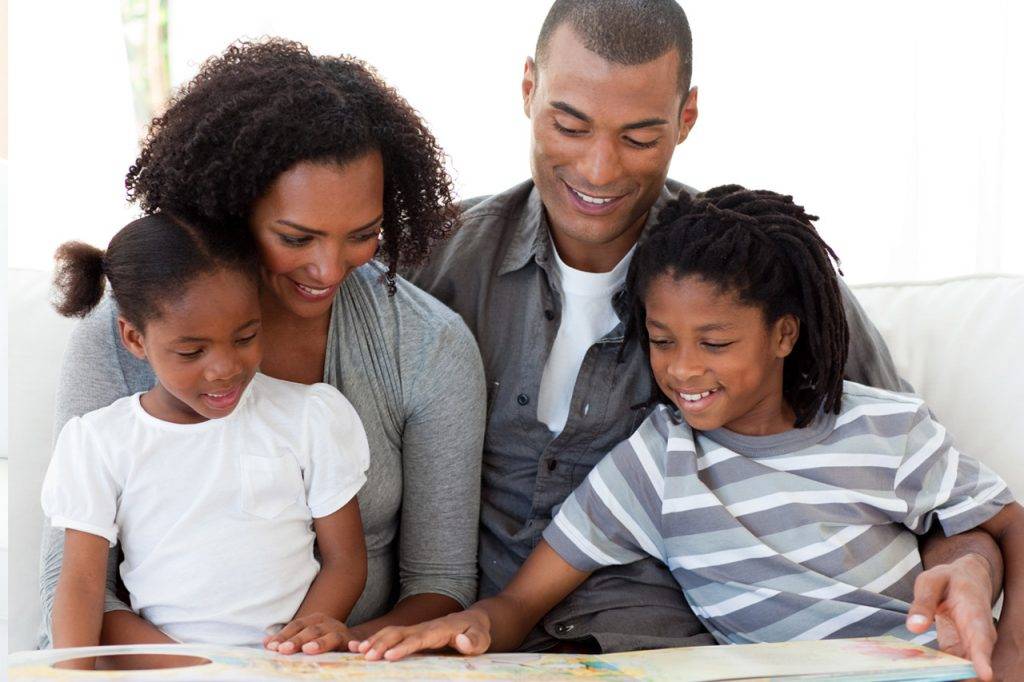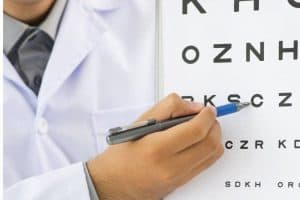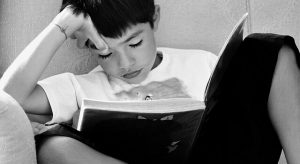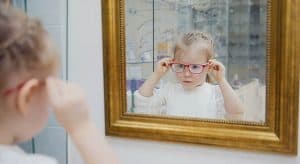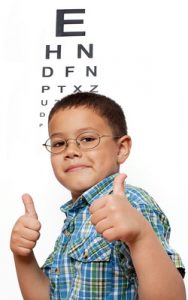If a child is bright and intelligent, but their reading is still below grade level, they may benefit from vision therapy.
As 80% of learning is visual any problems in the visual system can impact a child’s reading.
If a child has any type of visual problem, it could prevent them from achieving academic success and affect their reading fluency.
Q1: Why does my child not like reading?
Problems with a child’s visual skills can make it difficult for them to recognize the words they read.
Children with reduced visual skills often find reading to be tedious and exhausting, so they see reading as a chore rather than an enjoyable and enriching activity.
What many people don’t realize is that even when our brains understand the meaning of a word we see, difficulties with our visual system can make words hard to recognize and interpret.
Q2: What is reading fluency?
Reading fluency refers to a child’s ability to read accurately, smoothly and with the proper expression, tone and comprehension.
If your child has not yet mastered reading fluency, they may read slowly. They may also spend too much time decoding the individual letters and words, impacting their comprehension.
Fluent readers easily recognize words, interpret the meaning and gain clear comprehension.
This is an indispensable skill as your child learns and gets more comfortable with reading. Reading fluency also connects the child’s word recognition to their comprehension.
Students with good reading fluency have the time and ability to focus on what the text is saying and concentrate on making connections between what they are reading and their own background knowledge.
Q3: How do I know if vision problems are impacting my child’s reading?
It can sometimes be hard to identify if your child’s learning issues stem from a vision problem.
If the underlying issue stems from vision problems, here are some possible telltale signs:
- Your child tilts their head to one side, or covers one eye while attempting to read
- Your child fidgets excessively, has behavior problems or exhibits a limited attention span at school or at home
- Your child is reading below grade level, has comprehension issues or avoids reading altogether
If your child is displaying any of these symptoms, it is important to visit an eye doctor for a comprehensive evaluation.
If vision problems are found, your eye doctor can create a thorough vision therapy plan to help your child get back on track.
Q4: How are vision and reading fluency connected?
Reading fluency depends heavily on the strength of basic visual skills. These include visual fixation, accommodation, convergence, binocular vision, and saccades.
If your child does not have a mastery of any of these vital visual skills, they may have reading difficulties.
Reduced visual skills can significantly affect a child’s ability to read.
Reading glasses are often a big help for some children, while others benefit much more from a thorough program of vision therapy to improve the above visual efficiency skills.
SEE RELATED: Does Hyperopia Impact Learning?
Contact an eye doctor near you to learn more about vision therapy.
Q5: Which visual skills are necessary for reading?
Good reading fluency involves many different basic visual skills, among the most important are:
1 Binocular fusion
The brain’s ability to create a single image using clear visual information received from both eyes.
2. Convergence
The eye’s ability to focus on books, screens and other close objects.
3. Visual fixation
The ability of the eyes to accurately fix their focus on a specific image or object, such as a word in a book.
4. Saccades
The eye’s ability to rapidly move across two or more points of focus. This is an important skill when reading a sentence across a page or moving the eyes from one word to the next.
5. Focusing
The ability of the eyes to switch focus between two distances while keeping the target images at each distance in focus, such as changing focus from the board to the book and back.
Q6: What is vision therapy?
Vision therapy is a personalized regimen of therapeutic eye exercises designed to develop or improve visual skills and abilities.
The goal of vision therapy is to improve visual comfort, ease and efficiency and boost the interpretation of visual information.
These exercises are prescribed by your eye doctor based on your child’s individual needs.
A full vision therapy plan takes place over the course of several weeks or months, depending on the visual skills being worked on.
In addition to exercises, various vision therapy aids may be used. These include lenses, prisms, filters, patches, electronic targets, or balance boards.
Q7: Can vision therapy help reading fluency?
Just like basketball skills or learning ballet, your child’s visual skills can also be trained and strengthened.
The more your child practices, the better their overall performances will be.
LEARN MORE: Vision for School
Contact an eye doctor near you to learn more about vision therapy.
If your eye doctor finds that your child’s reading problems stem from vision problems, a vision therapy program can help to improve the visual skills they need and provide them with the necessary tools to succeed in reading, learning, and life.

